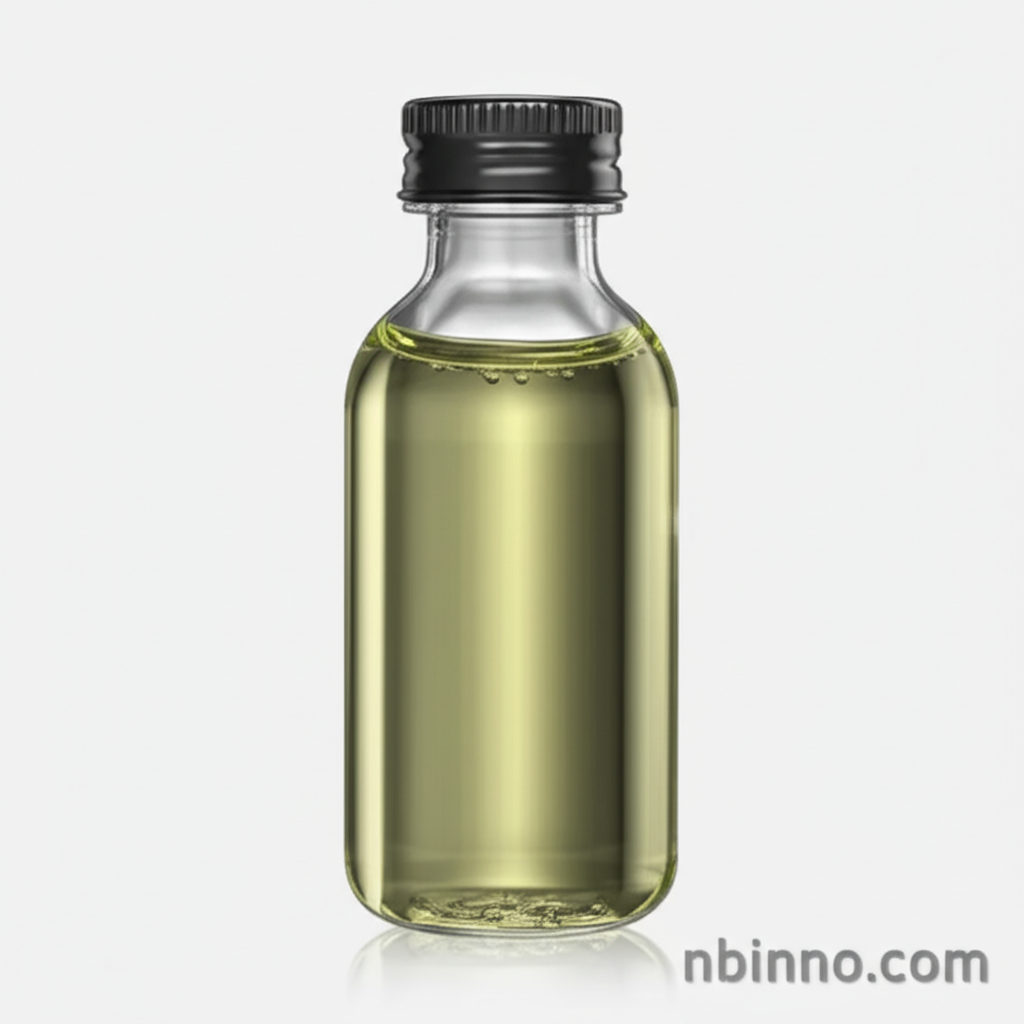Hexabutyldistannane (CAS 813-19-4): Synthesis, Properties, and Applications in Organic Chemistry
Discover the utility of this key organometallic compound in modern chemical synthesis and research.
Get a Quote & SampleProduct Core Value

Hexabutyldistannane
Hexabutyldistannane, identified by CAS number 813-19-4, is a crucial organometallic tin compound extensively utilized in various organic synthesis pathways. Its unique chemical structure and reactivity make it an invaluable tool for chemists aiming to achieve complex molecular transformations.
- Leverage Hexabutyldistannane synthesis methods to create complex organic molecules, enabling breakthroughs in materials science and pharmaceuticals.
- Explore the diverse Bis(tributyltin) applications in palladium-catalyzed reactions, facilitating efficient carbon-carbon bond formation.
- Understand the critical role of CAS 813-19-4 uses as a stannylation reagent, vital for introducing tin into organic structures for further functionalization.
- Benefit from the predictable organotin compound properties to achieve high yields and selectivity in your synthetic projects.
Key Advantages
Versatile Reactivity
Its role in palladium-catalyzed stannylation allows for precise functionalization of aryl halides, a cornerstone of modern synthetic organic chemistry.
Efficient Synthesis
Utilize various tributyltin hydride reactions and other preparation routes to efficiently produce this valuable chemical intermediate.
High Purity
Sourced with high purity, it ensures reliable and reproducible results in demanding chemical synthesis building blocks applications.
Key Applications
Organic Synthesis
As a key reagent in organic synthesis, it's instrumental in constructing complex molecular architectures.
Stannylation Reactions
Essential for stannylation processes, facilitating the introduction of tin moieties critical for further synthetic steps.
Cross-Coupling Chemistry
A vital component in various palladium-catalyzed cross-coupling reactions, enabling the formation of new C-C bonds.
Organometallic Chemistry Research
Its distinct organometallic tin properties make it a subject of interest and a tool in advanced organometallic research.
